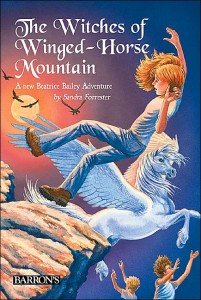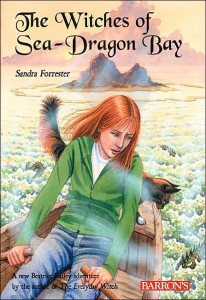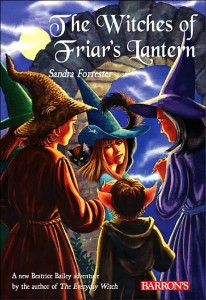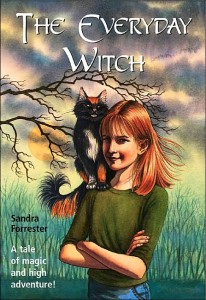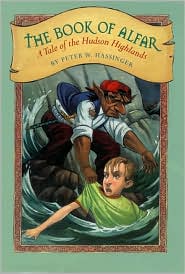 At long last, the time has come for Beatrice Bailey and her friends to confront the evil sorcerer, Dally Rumpe, once and for all. In four previous missions to the Witches’ Sphere, the quartet (later quintet) of teenage witches went up against terrible evils and great odds to undo various parts of the spell which enveloped and cursed the land of Bailiwick. They rescued Dally Rumpe’s captives, weakened his influence, and gained much acclaim. But the hardest part is yet to come. This time, Beatrice and friends have to travel to the thief-run town of Heraldstone, ally themselves with a motley group of untrustworthy thieves and highwaymen, sneak into a goblin-infested castle, battle harpies and other monsters, and stand up against Dally Rumpe himself. No problem. Of course, when any one of the people living in Heraldstone might be a disguised Dally Rumpe, things are even harder. Who can they trust? Who can they ask to help who won’t betray them at the worst opportunity? How will they get across the Shaking Bridge, past the goblins, and into the dungeons to free poor captive Bromwich, held there as a prisoner for two centuries? This is the final test for Beatrice Bailey, and it’ll define how she’s regarded by her peers and the rest of the Witches’ Sphere forever.
At long last, the time has come for Beatrice Bailey and her friends to confront the evil sorcerer, Dally Rumpe, once and for all. In four previous missions to the Witches’ Sphere, the quartet (later quintet) of teenage witches went up against terrible evils and great odds to undo various parts of the spell which enveloped and cursed the land of Bailiwick. They rescued Dally Rumpe’s captives, weakened his influence, and gained much acclaim. But the hardest part is yet to come. This time, Beatrice and friends have to travel to the thief-run town of Heraldstone, ally themselves with a motley group of untrustworthy thieves and highwaymen, sneak into a goblin-infested castle, battle harpies and other monsters, and stand up against Dally Rumpe himself. No problem. Of course, when any one of the people living in Heraldstone might be a disguised Dally Rumpe, things are even harder. Who can they trust? Who can they ask to help who won’t betray them at the worst opportunity? How will they get across the Shaking Bridge, past the goblins, and into the dungeons to free poor captive Bromwich, held there as a prisoner for two centuries? This is the final test for Beatrice Bailey, and it’ll define how she’s regarded by her peers and the rest of the Witches’ Sphere forever.
I’ve been enjoying this series all along; its mixture of mystery, adventure, suspense and fantasy makes for some great reading, and it’s always a pleasure to watch Beatrice and her friends overcome great odds through their resourcefulness. Of course, half the fun is playing “who is Dally Rumpe pretending to be this time?” and seeing if I get it right. Forrester is skilled at laying false clues and giving us plenty of suspects to choose from. Ultimately, this is a satisfying conclusion to the Beatrice Bailey series, with a proper payoff for loyal readers. This is a perfect series for those Harry Potter fans who might be waiting for their next fix.

